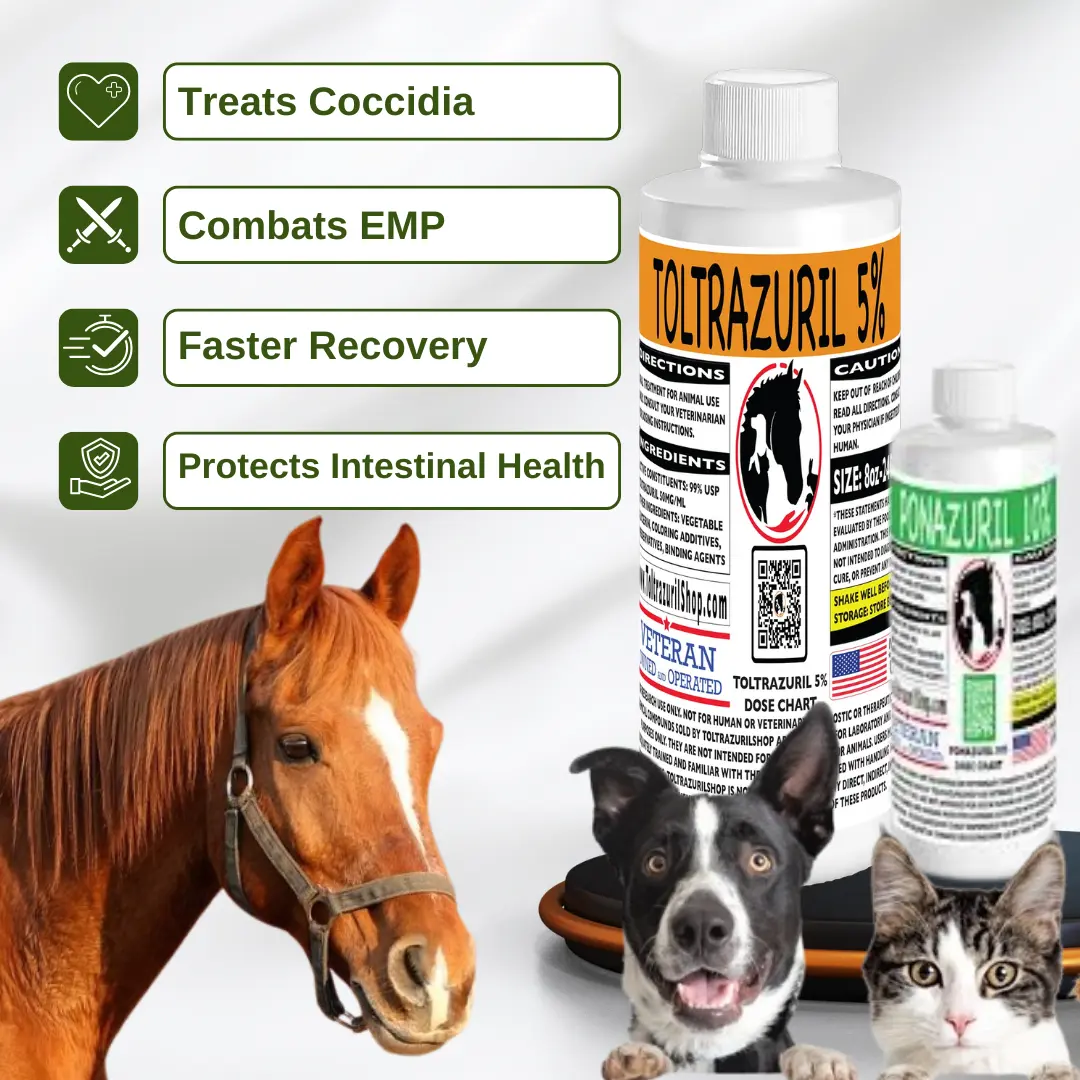No products in the cart.
Understanding the Coccidia Life Cycle in Cats
The coccidia life cycle in cats is a complex process that involves various stages in the development of the coccidia parasite. Understanding these stages is crucial for recognizing how coccidia spreads and how it can be controlled. The life cycle of the parasite typically begins when cats ingest oocysts from contaminated food, water, or surfaces. Once inside the cat’s intestinal tract, the parasite goes through a series of stages that allow it to multiply and spread.
The Stages of the Coccidia Life Cycle in Cats
The coccidia life cycle in cats begins with the ingestion of oocysts, the infective form of the parasite. After ingestion, the oocysts release sporozoites, which invade the intestinal cells and mature into merozoites. These merozoites then divide and reproduce within the cat’s intestines, leading to the formation of more oocysts. These oocysts are then excreted in the cat’s fecal sample, where they can contaminate the environment and infect other cats. This cycle continues as the newly formed oocysts become infective. The prepatent period of the parasite is typically a few days, during which oocysts begin to mature and spread in the cat’s environment.
How Coccidia Parasites Spread in Cats
The fecal-oral infection route is how coccidia life cycle in cats primarily spreads. Cats can become infected by ingesting contaminated food, water, or surfaces that have been exposed to infected fecal matter. In crowded environments, such as shelters or barns, the likelihood of exposure to coccidian parasites is higher due to the accumulation of feces in these areas. Regular cleaning and hygiene practices, including steam cleaning of surfaces and proper waste disposal, are crucial to interrupting the cycle of transmission.
The Coccidian Life Cycle in Cats
The coccidian life cycle in cats involves both sexual and asexual reproduction. Understanding the details of this cycle is important for effective treatment and prevention. The development of coccidian parasites inside the cat’s body contributes to gastrointestinal symptoms such as diarrhea, dehydration, and weight loss. The intestinal tract becomes a breeding ground for the parasite, which damages intestinal cells and disrupts nutrient absorption.
Key Stages in the Coccidian Life Cycle and Their Impact on Cats
The coccidian life cycle in cats progresses through several key stages, each of which plays a role in the parasite’s ability to infect and reproduce. After the oocyst is ingested, it enters the intestines, where it undergoes asexual and sexual reproduction. This results in the production of more oocysts, which are then passed in the cat’s fecal sample. These stages contribute to the spread of infection and are responsible for the clinical signs observed in infected cats, such as vomiting, diarrhea, and lethargy.
How Environmental Factors Influence the Coccidia Life Cycle
Environmental changes play a significant role in the coccidia life cycle in cats. The oocysts can survive in the environment for extended periods, especially in moist and warm conditions. Contaminated litter boxes, bedding, and food/water bowls can be hotspots for the spread of the parasite. Overcrowded conditions, poor sanitation, and inadequate hygiene practices increase the likelihood of coccidia transmission and prolong the life cycle. Keeping the environment clean, maintaining good environmental sanitation, and ensuring proper respiratory hygiene are essential in preventing the spread of intestinal parasites like coccidia.
Breaking the Coccidia Life Cycle in Cats
Interrupting the coccidia life cycle in cats is key to preventing reinfection and controlling outbreaks. Effective management includes treatment of infected cats with anticoccidial drugs, proper hygiene practices, and environmental cleaning to remove oocysts. By maintaining proper sanitation in well-lit areas and isolated areas for infected cats, the likelihood of cross-species infection is significantly reduced.
How to Prevent Re-infection by Breaking the Coccidia Cycle
To break the coccidia life cycle in cats, it’s important to treat infected cats promptly with anticoccidial drugs like toltrazuril and ensure they are isolated to prevent further spread. Regular cleaning of litter boxes, steam cleaning surfaces, and disinfecting affected areas can help eliminate oocysts from the environment. Avoid overcrowded conditions and minimize stress in cats to reduce the risk of infection. Frequent veterinary checkups, including fecal flotation tests, and fecal sample analysis will also help identify and treat infections early, interrupting the cycle.
Effective Treatments for Interrupting the Coccidia Life Cycle
Medications like toltrazuril are commonly used to treat coccidial infection in cats and help interrupt the coccidia life cycle. Supportive care, including hydration and a proper diet, is essential for recovery. Regular deworming protocols and maintaining a clean environment are critical components of interrupting the cycle and preventing future infections of protozoan parasites like coccidia.
FAQs:
What is the coccidia life cycle in cats?
The coccidia life cycle in cats involves the ingestion of oocysts, which develop into sporozoites and merozoites inside the intestines, leading to the production of more oocysts that are passed in the feces.
How can coccidia spread in cats?
Coccidia spreads primarily through the ingestion of oocysts found in contaminated food, water, or surfaces that have been exposed to infected feces.
How can I break the coccidia life cycle in cats?
Breaking the cycle involves treating infected cats with appropriate medications, cleaning and disinfecting their living areas, and ensuring proper hygiene practices.
What are the symptoms of coccidia infection in cats?
Symptoms of coccidia infection in cats include diarrhea, weight loss, dehydration, and lethargy.
References:
Next Steps:
For more information on coccidia prevention and treatment, visit our article on What Causes Coccidia in Cats? Key Risks and Prevention Tips



One thought on “Understanding the Coccidia Life Cycle in Cats”
vorbelutr ioperbir
September 6, 2025Valuable information. Lucky me I found your site by accident, and I’m shocked why this accident did not happened earlier! I bookmarked it.